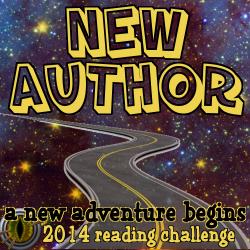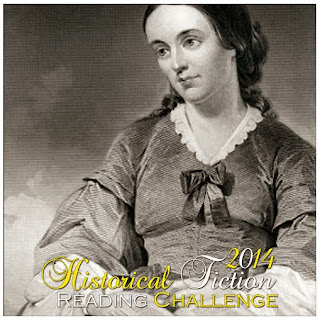
 Source: LibraryThing Early Reviews and TLC Book Tours
Source: LibraryThing Early Reviews and TLC Book Tours
Paperback, 336 pgs.
I am am Amazon Affiliate
The Girl from the Paradise Ballroom by Alison Love begins before the British become embroiled in war again, at a time when a dancing, music, and art are in full swing. Hitler is making his moves, and as many foreigners have moved to Britain, they fear becoming targets because of the Fascist’s moves. In particular, an Italian community, which applauds Mussolini’s focus on making the fatherland great again, has growing concerns that they too will be swept up in the persecutions/internments of foreigners.
“Antonio stood at the bedroom window. The June morning was mild, almost milky. It seemed to him that if he stayed perfectly silent, perfectly still, they would pass the house and leave him be. And yet he knew that they would not. At any moment — they would knock on the door. The knock would be loud and hollow: a drumbeat, a summons. There would be no anger in it, no private hatred. The men were just doing their job, that’s all.” (pg. 3 ARC)
Antonio and Olivia meet under less-than-ideal circumstances at the Paradise Ballroom, and despite the instant disgust, something simmers beneath he surface for both of them. In chapters that alternate between their stories from 1937 to 1947, Love weaves a tale of forbidden love, clashing cultures, and the pressures of war. Antonio is pressured by his brother, Valentino, to join the Fascists, but he does not believe in their cause, and even though he has an arranged marriage, he wants to provide for his wife on his own through his talents. Olivia is making her way in the world with the talents she has, dancing the tango, but even as she makes some ill-advised choices, she continues onward through the loneliness and pain.
When war is clearly coming, Olivia marries a bohemian Englishman, Bernard, who soon becomes Antonio’s patron, helping him find a musical tutor and gigs in London. Bernard continues to be consumed with his work with refugees from the countries conquered by Hitler, and his wife is left to fend for herself much of the time. Her passionate nature cannot be denied for long, and the outbreak of war is the only thing that can suppress it. Love has created two characters driven by their passion for artistry, but each is confined by different circumstances — a strict moral culture and a fear of loss.
The Girl from the Paradise Ballroom by Alison Love is more than a love story between two or even four characters, it is a look at how fear can cause even the most rational of us to employ terrible tactics to make ourselves feel safe. Despite a slow build, Love has created a memorable family in the Trombettas, and their struggles become emotional for the reader.
RATING: Quatrain
GIVEAWAY: To Enter leave a comment with email address about why you want to read this book. Open to U.S./Canada readers ages 18+
Deadline is May 11, 2016.
THE GIVEAWAY IS NOW CLOSED!





 About the Author:
About the Author:



















